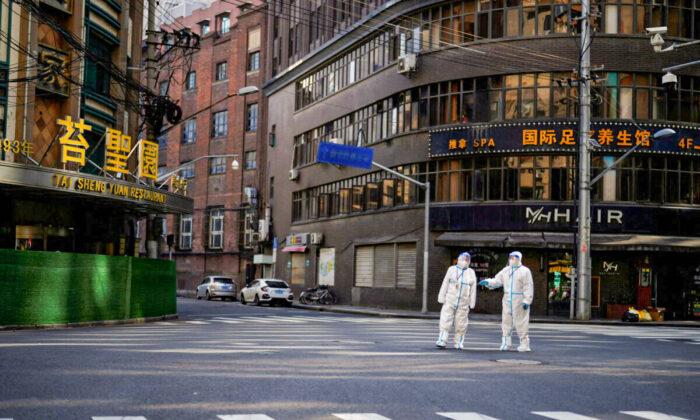Jeremy Rifkin long has perfected the art of adding two and two and getting five. In the 1980s, he claimed that entropy made it impossible for a free economy to exist, and therefore Rifkin concluded the state needed to plan and run things. How the state would triumph over the second law of thermodynamics is anyone’s guess. He later declared that a new “hydrogen economy” was just around the corner — government just needed to engage in central planning and order hydrogen to be our new fuel of choice.
Understand something at the very beginning: to say that something is “no longer subject to market forces” is to say that the good in question is non-scarce, or free. That means that every (or nearly every) factor used in producing that good also is non-scarce, and that the full costs to the consumers using such goods also are zero. All I can say is that this contention is an absurdity.
It is true that the advent of low marginal costs has forced new ways of retailing, but economic progress always has done that. For example, a generation ago, Wal-Mart was able to seize huge chunks of market share because the company had developed a distribution and retail strategy that made it a much lower-cost producer than were the other retailers, including Sears, J.C. Penny, and K-Mart. That does not mean markets have disappeared or are no longer relevant; likewise, Wal-Mart now finds itself under pressure from other retailers as well as the internet. Markets still prevail, but in different forms.
Some Austrian economic theory is in order here. Rifkin is making the same error made by the nineteenth century British economists like David Ricardo and John Stuart Mill, who believed that in the long run, the value of a good came from its costs of production. But Carl Menger pointed out in 1871 that the value of the factors of production comes from the value of the final product, and the value of that product ultimately will come from the profitability that good brings to the entrepreneurs who created it.
In Rifkin’s mind, zero or near-zero marginal costs mean zero or near-zero costs of production, which would mean that goods are being made nearly for free. That is not exactly true. Marginal costs are costs per the next unit, which means that each new unit of a particular good is very cheap to make, which also says something about the volume of goods being created. (In Rivkin’s defense, he does mention the presence of high fixed costs that are necessary to bring about the production process in the first place, but then he fails to understand the implications of what he is saying.)
Low marginal costs do not mean goods are free. Indeed, profitability of the firms making these goods depends upon the volume created and sold, and it also means that these firms are making huge capital investments (which hardly are free) in order to produce at high volume levels. The labor used in this process, too, is scarce and not free, and so on.
Yes, the retail mechanism for many of these new goods has changed drastically. For example, the VHS tape gave way to the DVD, and both were retailed through firms like Blockbuster. However, Blockbuster’s business plan then gave way to that of Netflix and so on. The key to success was profitability and Netflix was able to arrange its business plan to be profitable (at least for a while).
Interestingly, Rifkin gives an example of crony capitalism as proof of the new zero-cost world. He writes: “Although the fixed costs of solar and wind technology are somewhat pricey, the cost of capturing each unit of energy beyond that is low. This phenomenon has even penetrated the manufacturing sector. Thousands of hobbyists are already making their own products using 3-D printers, open-source software and recycled plastic as feedstock, at near zero marginal cost.”
While it is true that the marginal costs of producing electricity via windmills are very low, these wind farm monstrosities can be profitable only if each kilowatt of electricity produced is priced substantially higher than electricity produced via conventional means such as through burning of coal, oil, or natural gas. That is why wind farms essentially are tax credit farms; in order to stay in operation, these farms must receive massive government favors not available to other electricity producers. To put it another way, wind power might be “zero marginal cost” but it still is high-cost electricity, which means that if the government continues to force consumers to purchase this high-priced power, they will be poorer, not wealthier. Likewise, someone must manufacture the 3-D printers and also produce the materials people use to make the copies, and that means investment, planning, and, yes, the use of scarce factors of production. These things do not just appear from nowhere.
Rifkin leaves out another important cog of the entire production mechanism: the entrepreneur. Indeed, it seems that he believes the entrepreneur can be replaced by non-profit corporations and the “sharing community.” This is someone who believes that production just happens on its own, and the institutional arrangements really don’t matter. But they do matter, and they matter greatly. Modern production methods, as magnificent as they are, do not eliminate the Law of Scarcity no matter what the NYT might tell us on its editorial page.





